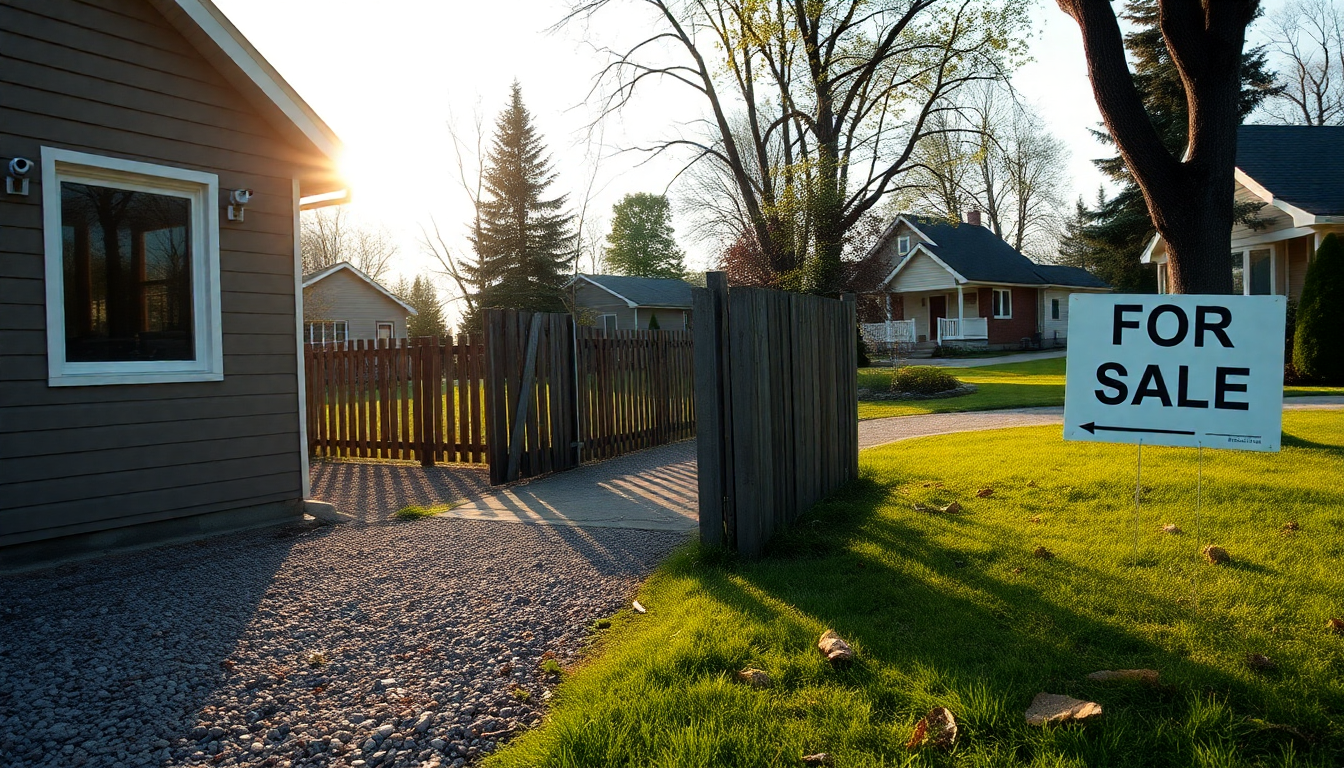Table of Contents
Recent events in Neepawa, Manitoba, have sparked a growing concern about property crimes, especially home invasions. These incidents not only jeopardize the safety of residents but can also leave a lasting mark on real estate markets. A recent early morning home invasion on a rural property is a stark reminder of the vulnerabilities that can affect any community.
So, why is understanding the dynamics of such crimes crucial for both current homeowners and investors eyeing the local market?
The Incident: Details and Community Response
In the early hours of Thursday morning, officers from the Royal Canadian Mounted Police (RCMP) responded to a startling situation in the RM of Glenella-Lansdowne.
Two masked suspects broke into a home, only to be confronted by an armed homeowner. The ensuing confrontation caused the suspects to flee the scene, but not before they allegedly discharged a firearm, resulting in minor damage to the property.
Thankfully, no injuries were reported, reminding us just how unpredictable and alarming such violent crimes can be.
Staff Sergeant Andrew Cowan of the RCMP voiced significant concern regarding this incident, emphasizing the critical need for community vigilance. Residents were encouraged to stay alert and report any suspicious activities.
This call to action echoes a broader worry about neighborhood safety, particularly in rural areas where such crimes can disrupt the peace and tranquility that residents cherish.
Community safety is paramount. When crime rates rise, they can create a ripple effect, impacting property values and the desirability of the area.
If residents feel unsafe, the market can fluctuate as both buyers and investors weigh the risks associated with properties in these neighborhoods. So, how can communities band together to enhance safety?
Impact on Real Estate Values
Home invasions and similar crimes can significantly influence real estate markets.
The real estate mantra of ‘location, location, location’ may be well-known, but safety is a vital part of that equation. Areas with higher crime rates often see diminished interest from potential buyers, which can lead to stagnation or even depreciation in property values.
When diving into the data on property sales, it’s clear that safety concerns can deter investment. Today’s buyers increasingly consider crime statistics in their decision-making process. For investors, understanding cash flow and return on investment (ROI) becomes trickier in areas that are perceived as unsafe. To attract buyers, properties in these locations might need price reductions, which ultimately affects long-term value appreciation.
Moreover, the reputation of a location is crucial to its marketability. An uptick in crime can diminish community engagement and lower overall quality of life, both of which can push potential buyers and investors away. Keeping a close eye on these trends is essential for anyone involved in the real estate market, especially in regions experiencing rising crime rates.
Proactive Measures and Community Engagement
To combat the potential negative effects of rising crime rates, communities must take proactive measures. Initiatives like neighborhood watch programs, increased law enforcement presence, and outreach efforts aimed at building relationships among residents can make a difference. By strengthening community ties, residents can collaborate to create a safer environment.
For current homeowners and investors, grasping the dynamics of property crime is essential. This means staying informed about local crime trends and actively engaging in community safety programs. Additionally, considering properties in areas known for strong community engagement and low crime rates can lead to a more stable investment environment.
In summary, the recent home invasion in Neepawa serves as a vital reminder of the importance of safety in real estate considerations. By understanding the potential impacts of crime on property values and actively participating in community safety measures, residents and investors can better navigate the complexities of the real estate market. So, how prepared are you to engage in your community’s safety efforts?





